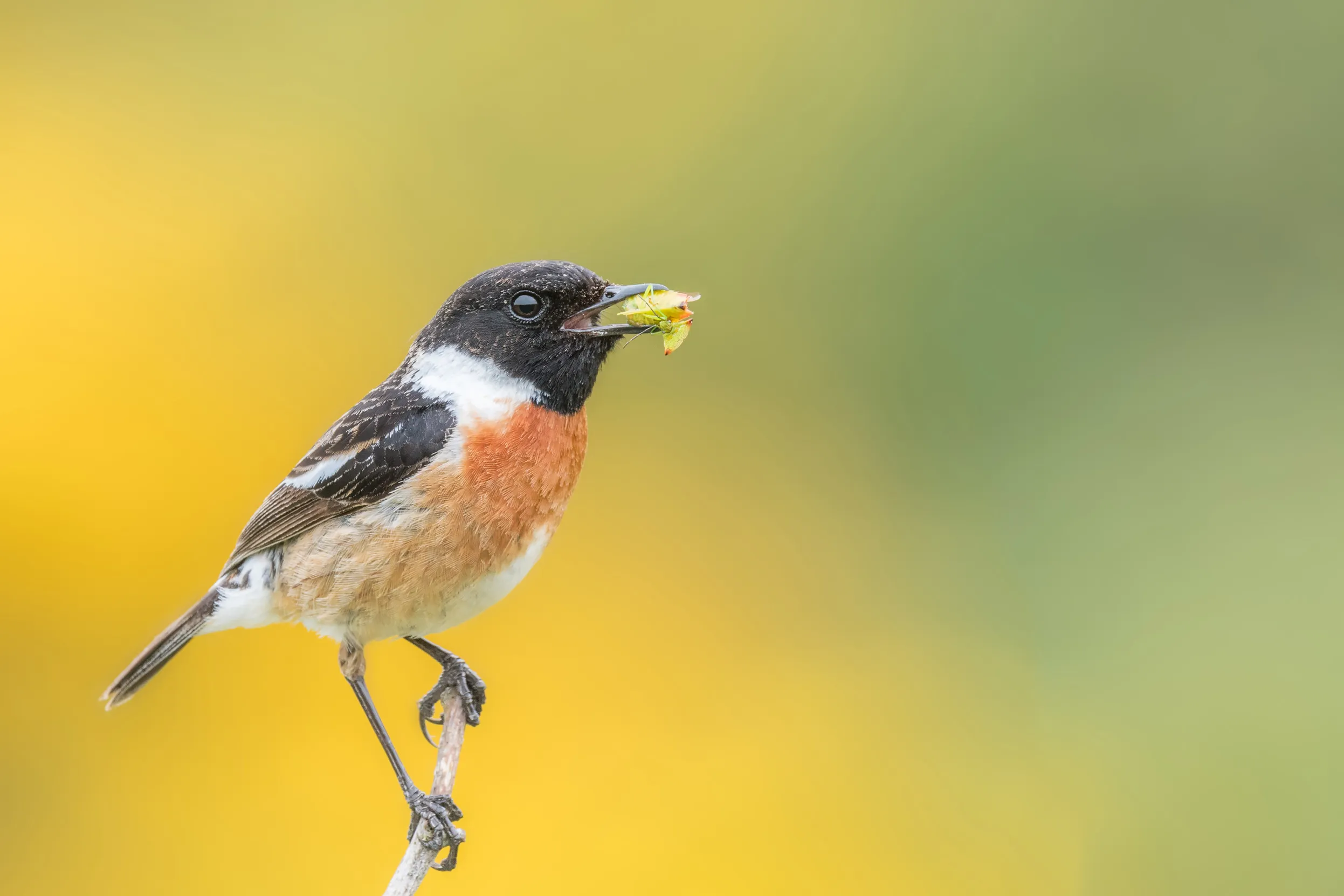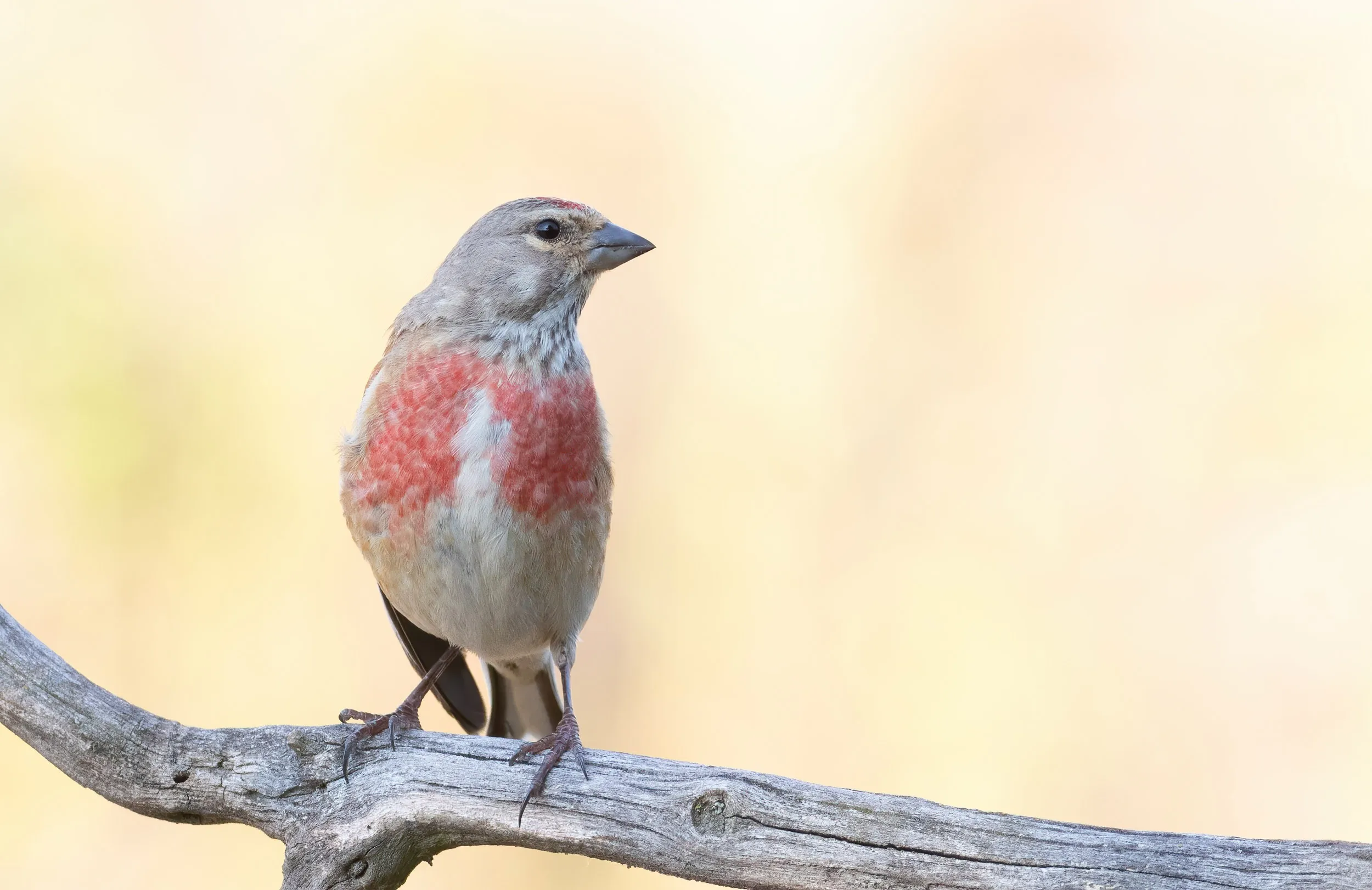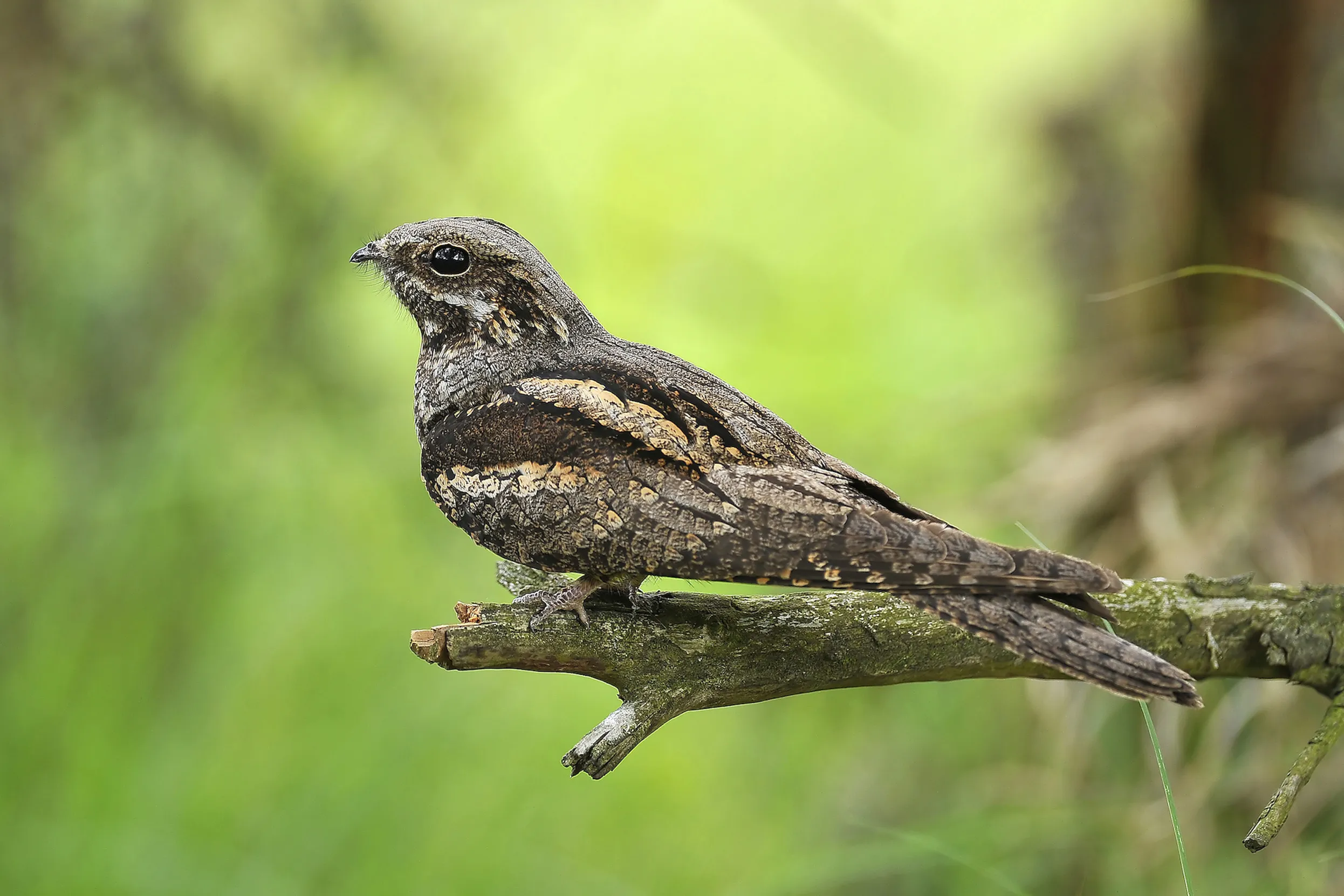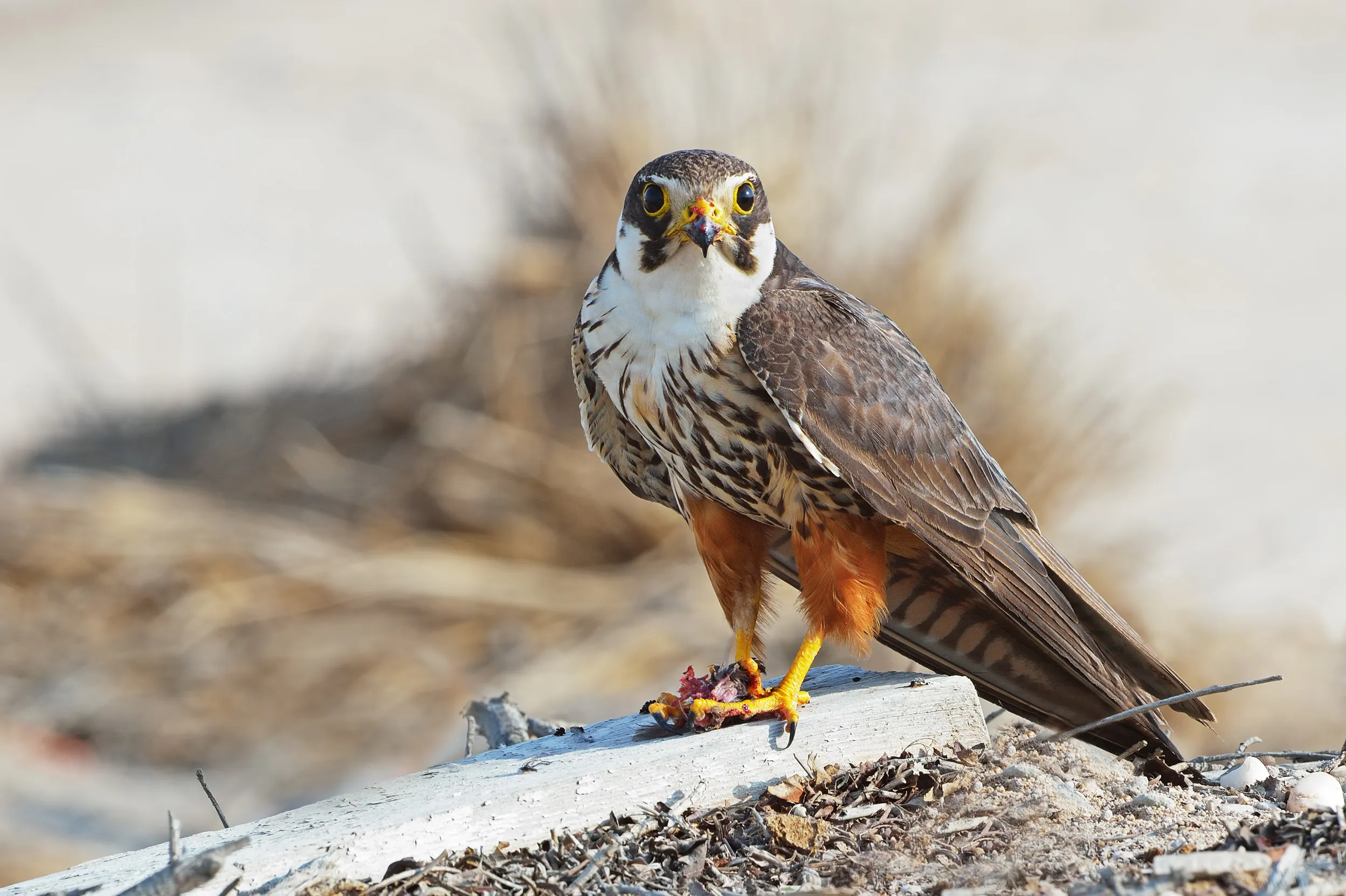
Sounds of... Heathlands
The Sounds of Heathlands takes you into wide open landscapes scented with heather and gorse, where birds fly across big skies.

On this page
This is a land of serenading Linnets, calling Cuckoos and, if you’re lucky, the unearthly calls of Nightjars. We hope this guide will help you identify the calls of these amazing birds and others who sing and shout, as you head out across the heathlands this spring and summer.
Of course, many of our more common birds also live on heathlands, you can hear their songs in the Sounds Of… Parks and Gardens and Sounds of Parks and Gardens - Tits and Finches pages.
Stonechat
The male Stonechat looks like a Robin in a balaclava, with a bright orange chest offset by a black head and a white collar. The female is browner, with a more subtle orange breast.

Meadow Pipit
The Meadow Pipit may be the most common songbird in heathland areas, but it doesn’t like you to think so. Its brown coat and streaked underbelly make it hard to spot as it creeps along in the undergrowth. Very similar to the rarer Tree Pipit.

Cuckoo
The Cuckoo looks like someone who got dressed in the dark. It’s dove-like in parts, mixed with the sleek body, and black and white belly stripes of a Sparrowhawk. A long tail stuck on the back completes the look. The female is browner.

Linnet
A slimline brown and grey Finch, the male Linnet’s red breast and forehead look like they have been dabbed on by a toddler. The female managed to escape before the child got too close.

Yellowhammer
The male Yellowhammer has a yellow belly and face, which beams brightly from high branches and hedgerows as they sing. The female is browner and both have a streaky brown back.
.jpg)
If you're lucky you might hear...
Nightjar
The almost mythical Nightjar arrives every summer but does its best not to be seen. It’s mainly active at night and uses its incredible grey-brown streaked camouflage to remain concealed on the ground during the day.

Woodlark
Smaller than a Skylark and less common. Usually found in the south and east of England. With broad wings and a very short tail, it can sometimes look like a confused bat in flight.

Dartford Warbler
The male Dartford Warbler looks like a medieval lord, with his orange-red breast, grey cap and long tail. Can be seen singing from the top of gorse in southern England. The brown female is difficult to spot, lurking in the branches below.

Hobby
They call it the Hobby, but these birds are the pros of aerial acrobatics. The summer visitors look like giant Swifts in flight but have black and white stripes on the underside of their wings and cool rusty red “trousers”.
